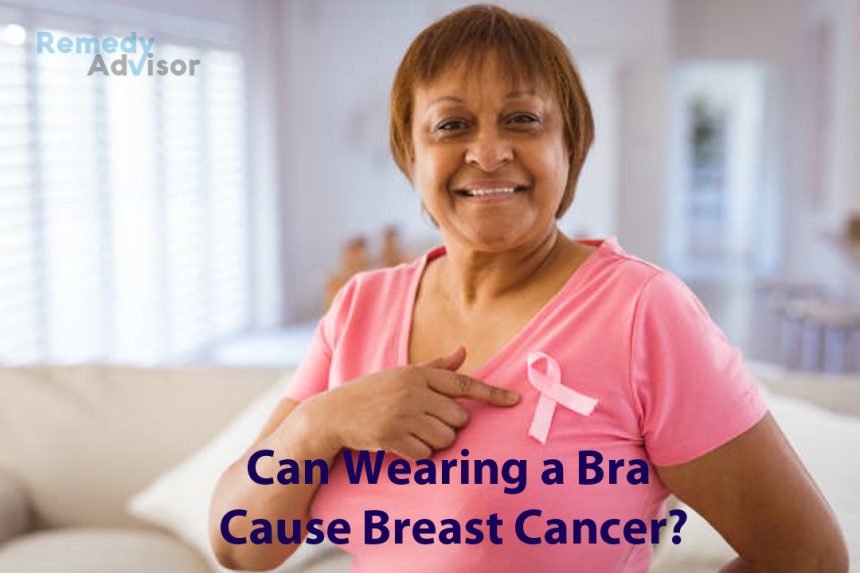Do brassieres cause breast cancer? Will switching to undershirts decrease your risk? Probably not. Although Sydney Ross Singer and Soma Grismaijer, the husband and wife coauthors of Dressed to Kill: The Link between Breast Cancer and Bras (ISCD Press), maintain that the bra/breast cancer link is supported by scientific evidence, their “study” of this evidence is full of holes.
The bra/breast cancer theory was born several years ago in Fiji, when Grismaijer found a lump in her breast. Around the same time, her husband noticed the red marks on her body from her bra and became convinced that the bra was to blame for her lump.
Grismaijer did not have the lump biopsied. Instead, she began a regimen of exercise, organic vegetarian food, purified water, herbs and vitamin supplements and complete braless ness.
Guess what? The lump disappeared. But attributing its disappearance to not wearing a bra as Grismaijer does is ridiculous.
There’s a good chance that the lump was benign. Grismaijer was pregnant when the lump was found, and hormonal changes during pregnancy are known to cause lumps.
After interviewing more than 4,000 women with and without breast cancer, the authors concluded that wearing a bra for more than 12 hours a day significantly increases the risk for breast cancer.
Unfortunately, this “finding” was unwarranted. Their study was conducted in a haphazard manner without adherence to fundamental principles of scientific research. For example, no effort was made to ensure that the women in the two groups were similar in age, family history, medical history and other known risk factors for breast cancer.
The study was of such poor quality that it would have been disqualified from being published in a reputable medical journal. I’m afraid that’s why it was packaged as a paperback book and directed at consumers instead of doctors.
The bottom line? There is simply no evidence that bras cause breast cancer. Fortunately, there are other things women can do to reduce their risk
• Eat more soy foods
Tofu, tempeh, miso and soy milk all contain plant estrogens (phytoestrogens). These weak hormones inhibit the body’s own production of estrogen, which may provide the “fuel” for breast cancer growth. Neither soy oil nor soy sauce contains significant amounts of phytoestrogens.
• Eat cruciferous vegetables
Broccoli, cauliflower, Brussels sprouts and kale affect estrogen metabolism in a beneficial way.
• Think twice about estrogen-replacement therapy
It’s reasonable to use estrogen temporarily to treat hot flashes and vaginal dryness. But in general, long-term estrogen therapy is not a good idea. Estrogen can increase the risk of breast cancer.
• Avoid pesticides
Some pesticides contain estrogen-like compounds. Eat organic food whenever possible and peel or wash all fruits and vegetables.
• Eat a low-fat diet
There is reason to believe that an extremely low-fat intake (less than 20% of calories from fat) is protective.
• Exercise
Women who exercise aerobically for more than three hours a week have a lower risk of developing breast cancer.
What about mammograms? They do not prevent breast cancer, but they reduce the risk of death from breast cancer by helping to find tumors in their early, treatable stages.







